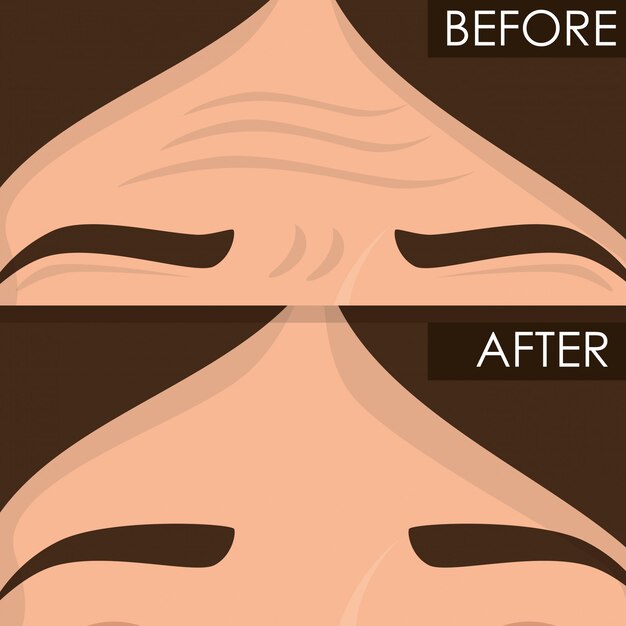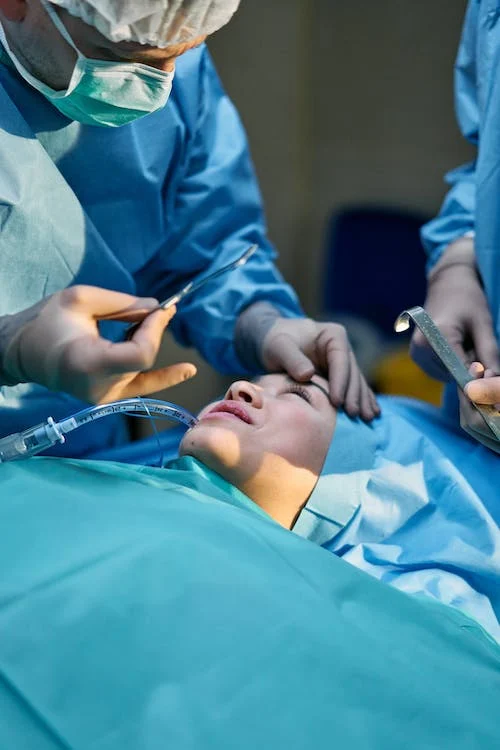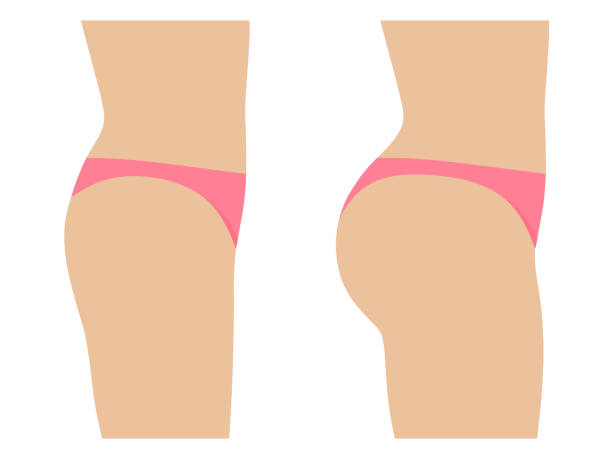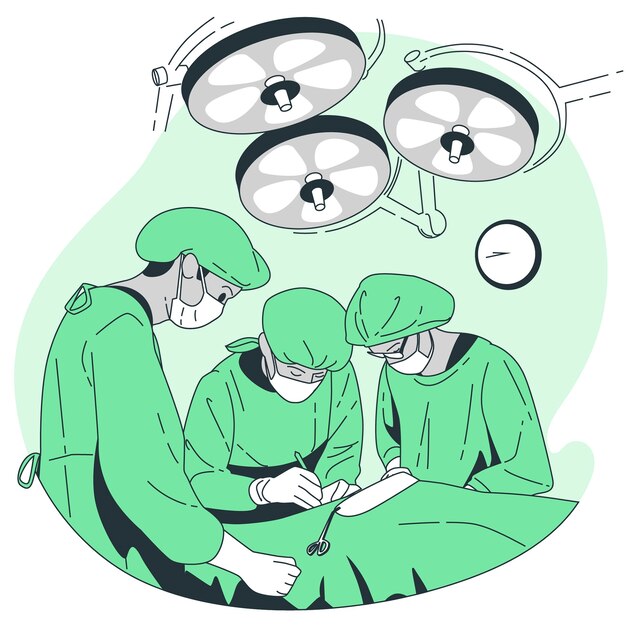Maintaining BBL Results While Traveling: Do’s And Don’ts
Cosmetic surgery is growing in popularity as more individuals try to achieve their ideal body shape, form, and physical appearance. One of the main surgical procedures that have gained popularity over the past decade is the Brazilian butt lift surgery or the BBL. This procedure allows individuals to enhance the shape of their butts to align with their personal aesthetics.
How is the procedure done?
A BBL is a type of buttocks augmentation procedure that results in a youthful and perky butt and a more sensual body profile. The BBL is a fat grafting procedure using a patient’s harvested fats to augment the buttocks. The fat is harvested through liposuction from body areas like the hips, the thighs, the buttocks, and the abdominal area. The fat is then purified and injected back into the buttocks. It is a method that is doubly beneficial. It serves to reduce fat in undesired areas while also enhancing the volume and shape of the patient’s buttocks.
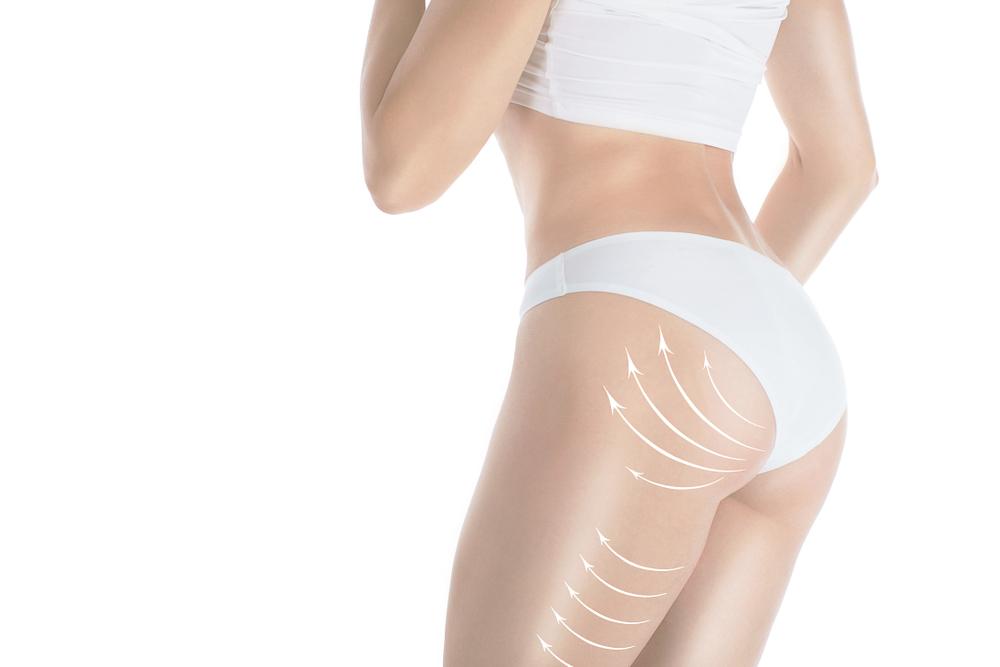
What are the criteria to qualify for a BBL procedure?
In order to qualify for a BBL, patients must have enough fat in their body to be harvested for buttocks augmentation. Slim patients with little body fat may not be ideal for the procedure. The surgeon usually assesses the body of the patient during the consultation and then decides if the procedure will suit the patient. Also, apart from the physical criteria, the best candidates for a BBL are healthy individuals who have reasonable and realistic expectations of the procedure. They should also be aware of the post-operative care requirements to ensure smooth and successful results.
What is the BBL procedure?
The procedure is performed typically under general anesthesia or local anesthesia combined with a sedative. There are three main steps to the surgery, they include:
- Liposuction – The surgeon starts by making small incisions which the excess fat will be harvested from. A cannula is then used to suction the fats out of those areas.
- Purification – The extracted fat is then processed and purified in order to prepare it for subsequent re-injection. It is put into sterile syringes which will be used for the injection into the buttocks.
- Fat transfer – The procedure is completed by the surgeon injecting the purified fat into specific areas in the buttocks and then molding it in between the injections. This is to create a fuller and rounder appearance.
BBL recovery
This is usually straightforward without any complications, especially if the patient adheres strictly to the instructions of the surgeon. However, experiences may vary in different patients based on different patient indices. There may be some bruising, discomfort, swelling, and numbness experienced in the first few weeks after the procedure. There may also be some moderate pain experienced which is usually handled by prescribed pain medication. The patient will also be given compression garments which reduce the swelling as well as hold up the new shape of the buttocks. It is also important for the patient to avoid sitting or placing direct pressure on the buttocks. The patient is also told not to sleep on their backs for at least the first two months after the procedure. They are told to either lie on their stomachs or their sides.
The surgeon will also be given guidelines on returning to normal activities and exercise. Although some fat injected into the buttocks may be reabsorbed into the body, about 70%-80% of the transferred fat will remain, resulting in a permanent enhancement. A very important factor in recovery is adhering strictly to the instructions of the surgeon and also attending all the scheduled follow-up appointments. This will enable proper monitoring of the progress of the patient by the surgeon and ensure that the outcome is successful. The BBL results are long-lasting, but different factors may affect the results. Some of these factors include:
- Pregnancy
- Weight fluctuations
- Aging
- Lifestyle choices
Maintaining a stable weight and adopting healthy lifestyle choices are the best ways to maintain the results for the long term.
Traveling after a BBL procedure
This requires careful planning and very specific considerations to protect the surgery results and maintain comfort as well. Whether it is a short domestic flight or a lengthy international flight, understanding the preparation and how to navigate the plane journey is critical.
Things to consider pre-flight
It is essential to consider the following when traveling by plane post-BBL. They include the following:
- Timing – The patient should wait at least two weeks post-surgery before flying. This time is to allow for a little time for the body to start healing and also to avoid any complications like clots.
- Medical clearance – It is crucial to obtain medical clearance from the surgeon before traveling. This clearance is given after the surgeon confirms that the patient’s body is ready for the stress and physical demands of traveling.
- Things to pack – The materials that the patient must have are a BBL pillow that protects the patient’s butt and a compression garment to reduce swelling and support healing tissue. The patient may also benefit from taking pain medications, water bottles, and loose comfortable clothes.
What are some tips to increase comfort on long flights?
These types of flights can be challenging because of the extended sitting time. Some tips to help the patient have a more comfortable flight include:
- Using a BBL pillow – This pillow allows the patient to sit down without applying direct pressure to their buttocks.
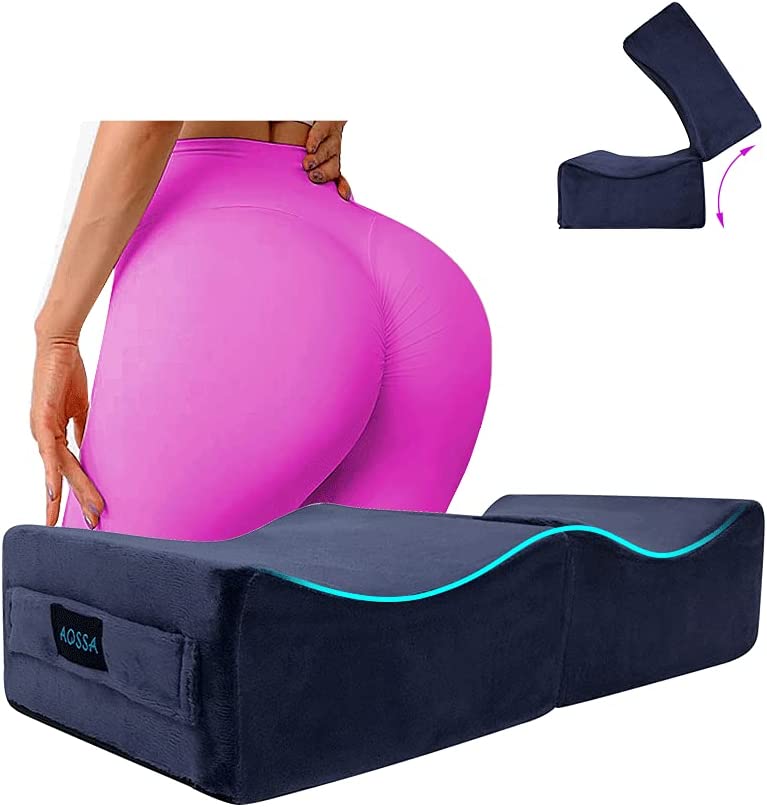
- Take regular breaks – The patient should aim to stand and walk around the cabin at least every hour. This will boost circulation and prevent clot formation. The movements can also provide relief to discomforts caused by prolonged sitting.
- Stay hydrated – Dry air which is rampant in airplane cabins can slow down a patient’s healing process. Drinking plenty water of water can alleviate this by keeping the body hydrated and promoting circulation.
- Wear compression garments – They are very beneficial during a long flight. They can also reduce swelling and discomfort and help maintain the new shape.
Also, the patient should select aisle seats that will grant them a better ability to stand up and move around without causing too much discomfort to the other passengers. Also, choosing the right seat on an airplane can help improve the traveling experience. First-class or business-class seats are ideal as they offer more room for the patient to adjust and move as they want. Bulkhead seats also provide an extra advantage due to the extra legroom. This enables them to adjust their sitting position as frequently as they wish. The patient should avoid exit rows as they are generally narrower and may cause more discomfort.
The information provided in this blog is for educational purposes only and should not be considered as medical advice. It is not intended to replace professional medical consultation, diagnosis, or treatment. Always consult with a qualified healthcare provider before making any decisions regarding your health. Read more



